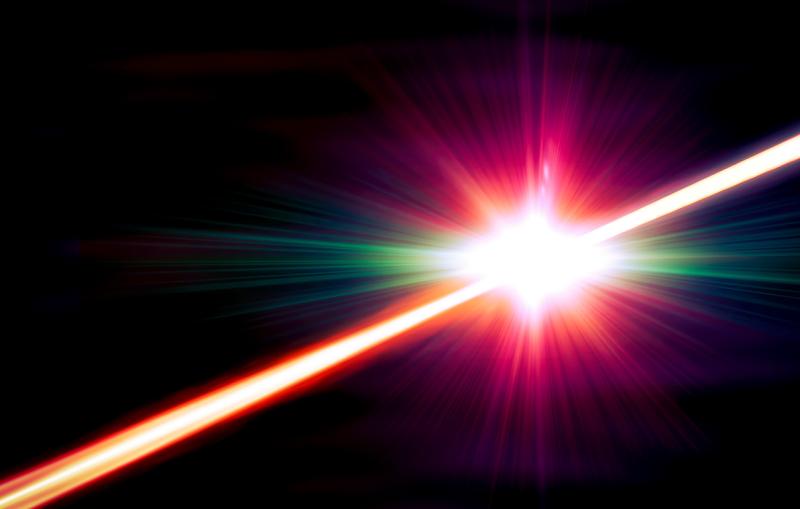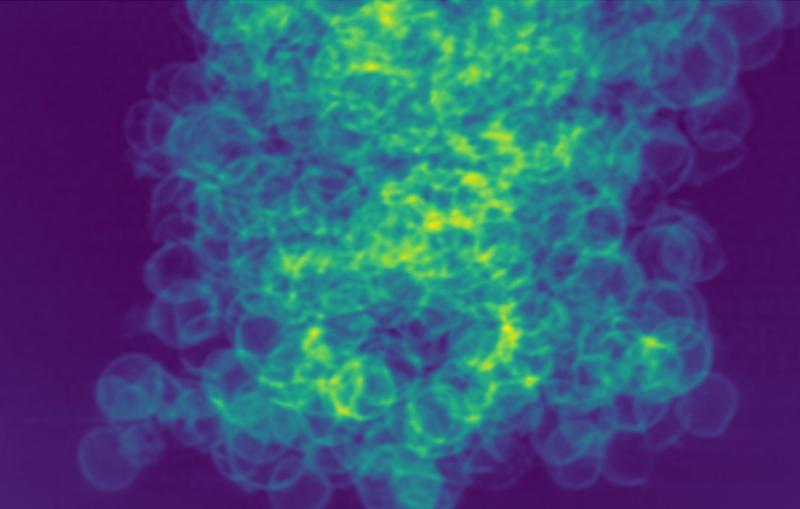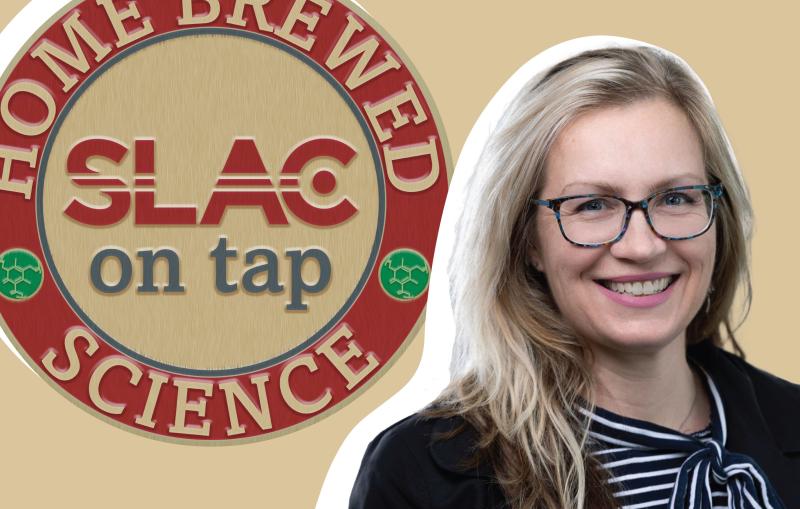


Illustration
Deep inside rocky planets like Earth, the behavior of iron can greatly affect the properties of molten rock materials: properties that influenced how Earth...

The LCLS beam with its high peak brightness, short pulse duration, and tunable X-ray photon energy provides revolutionary capabilities to study the transient behavior of matter in extreme conditions. The particular strength of the Matter in Extreme Conditions (MEC) instrument is to combine the unique LCLS beam with high power optical laser beams, and a suite of dedicated diagnostics tailored for this field of science.



Deep inside rocky planets like Earth, the behavior of iron can greatly affect the properties of molten rock materials: properties that influenced how Earth...
